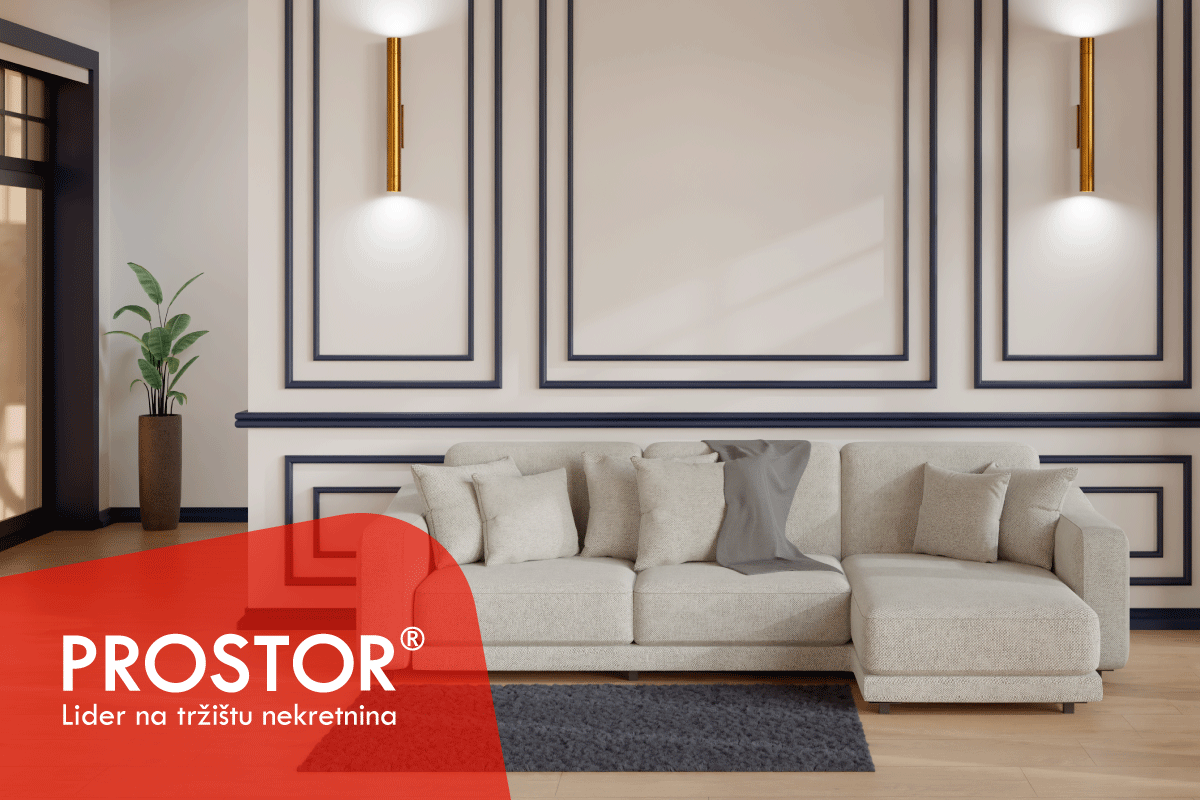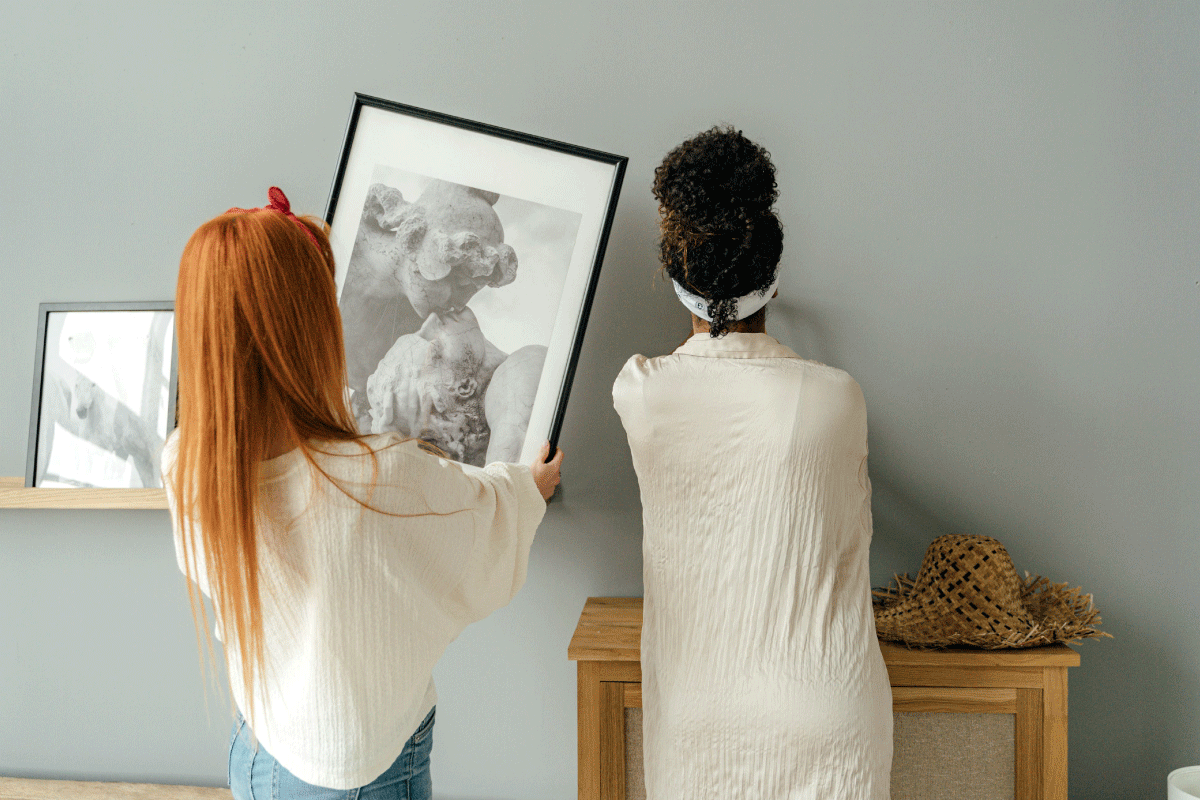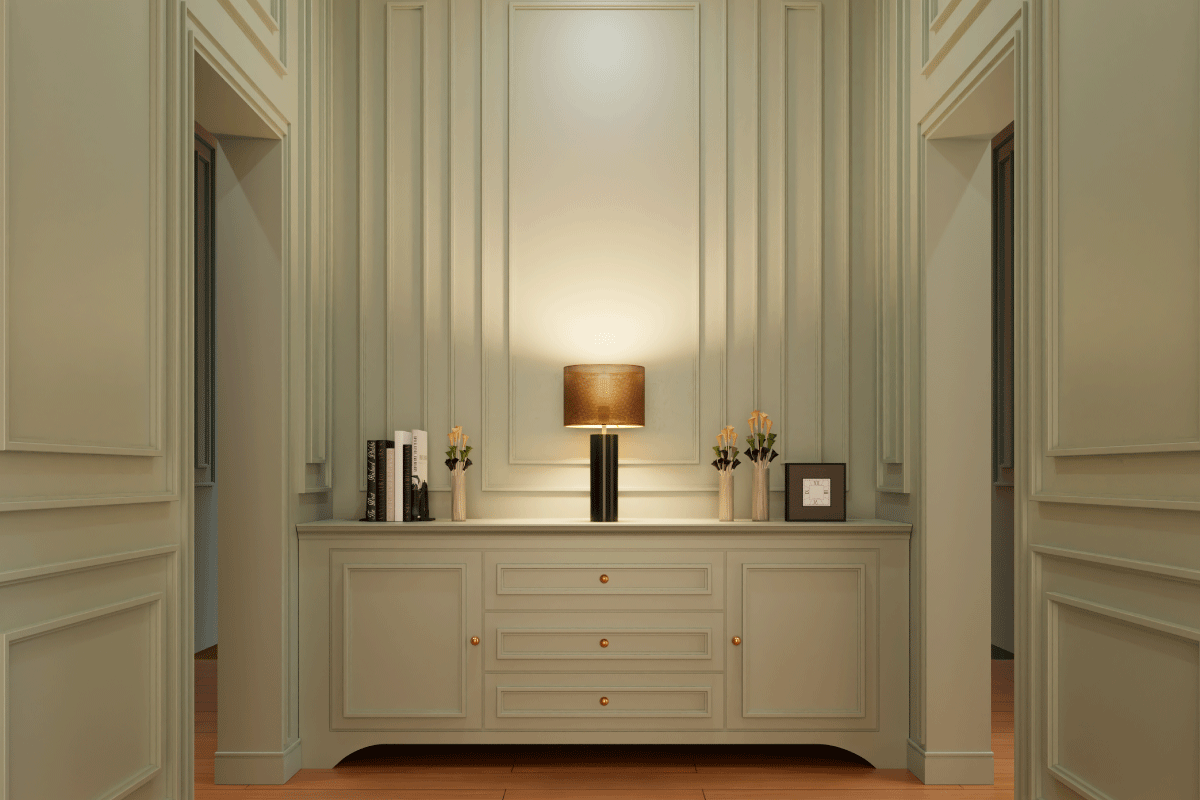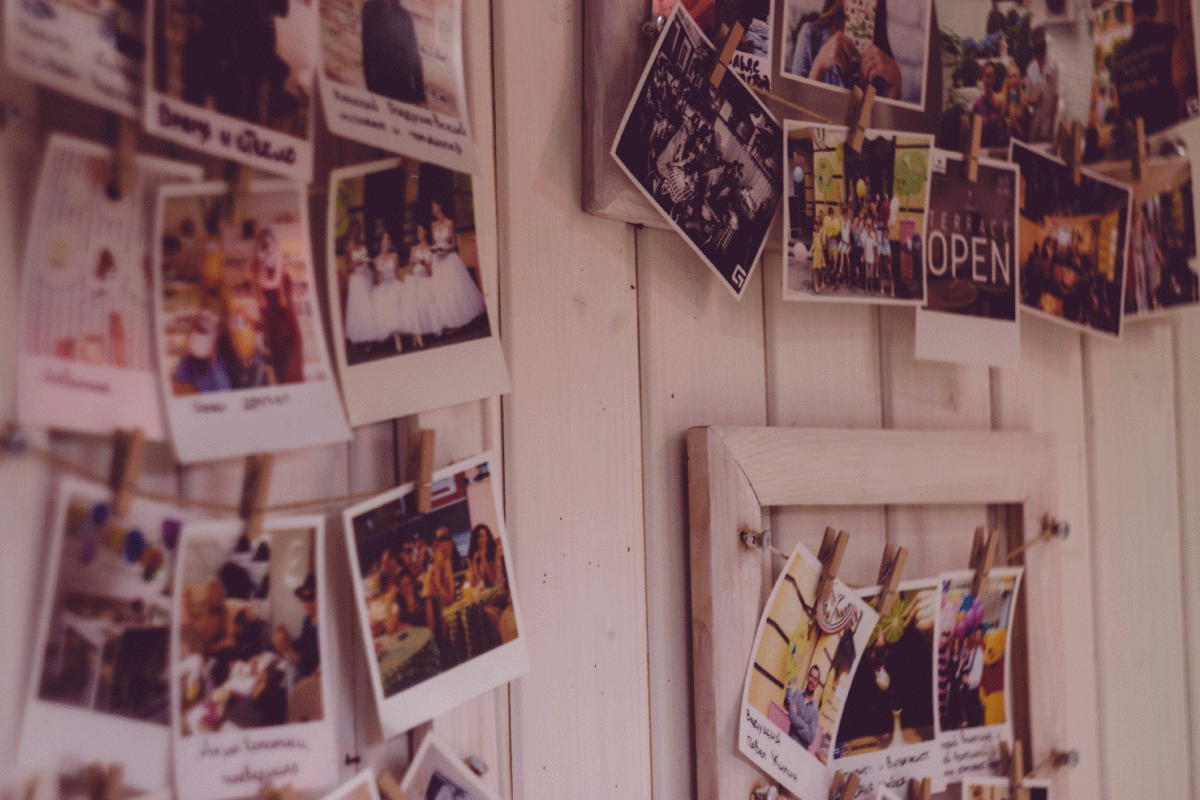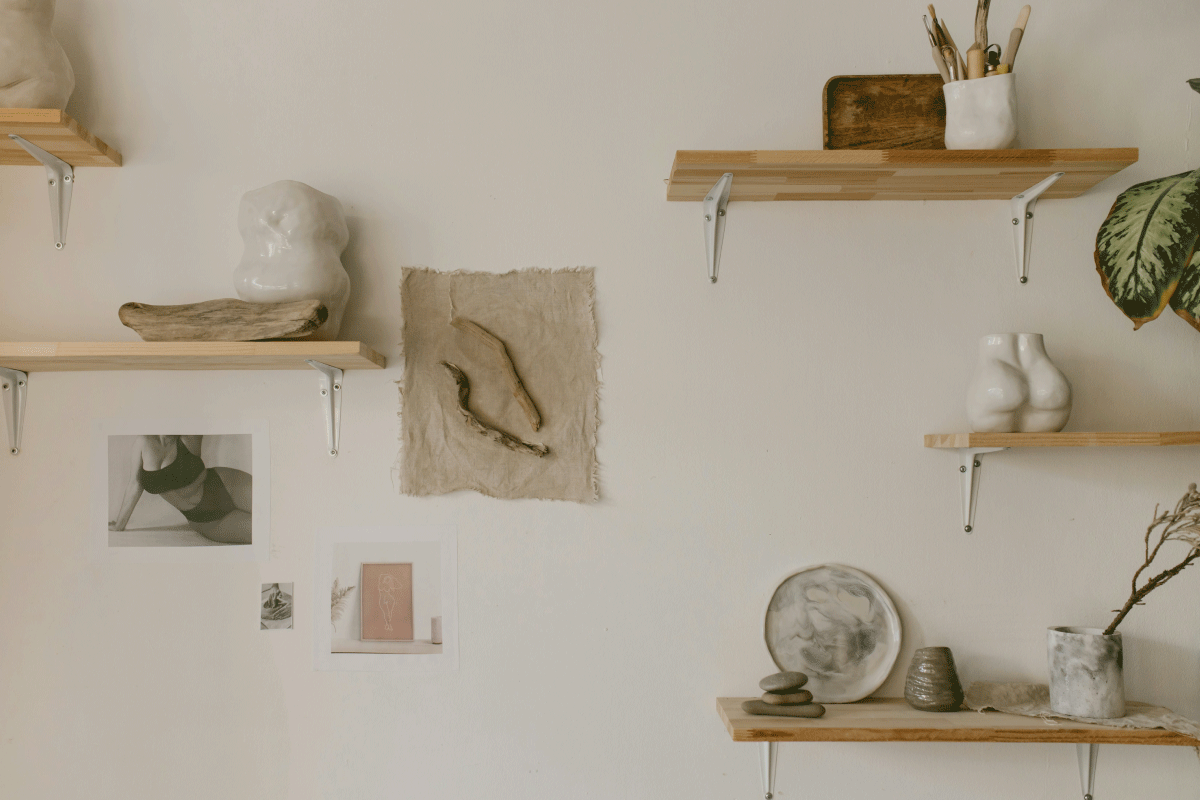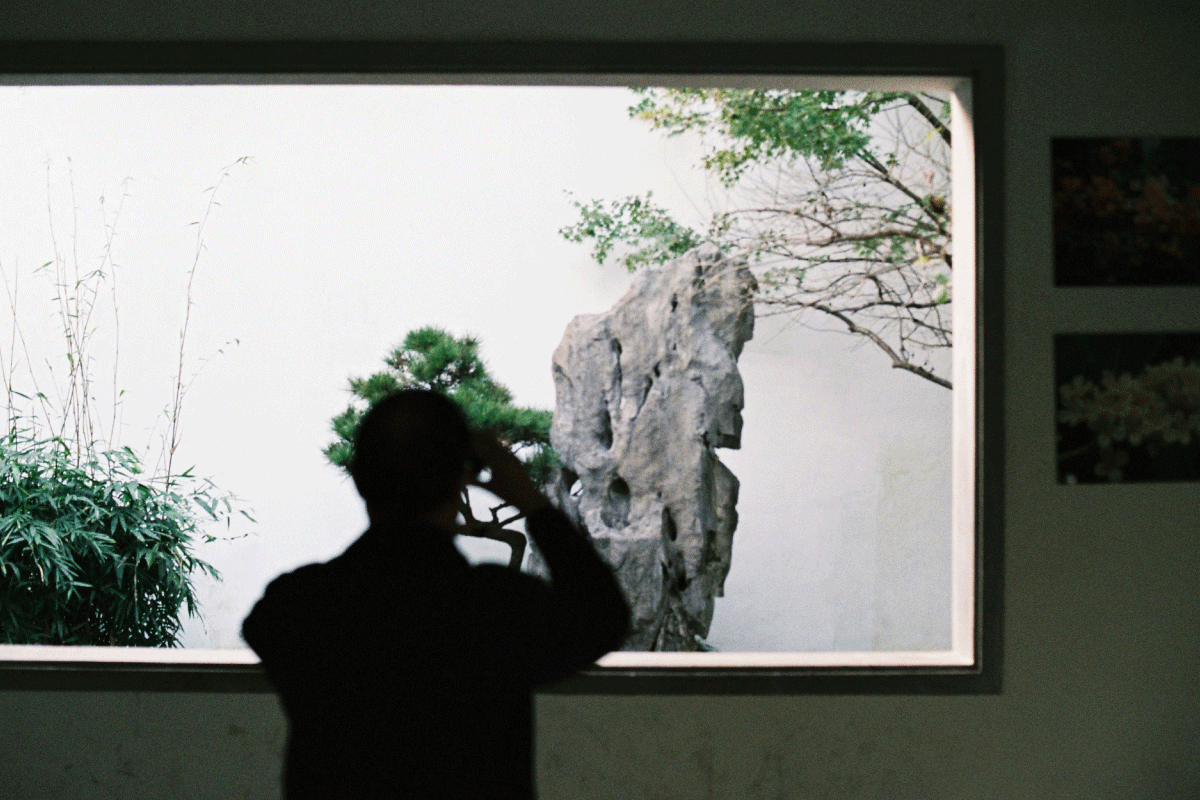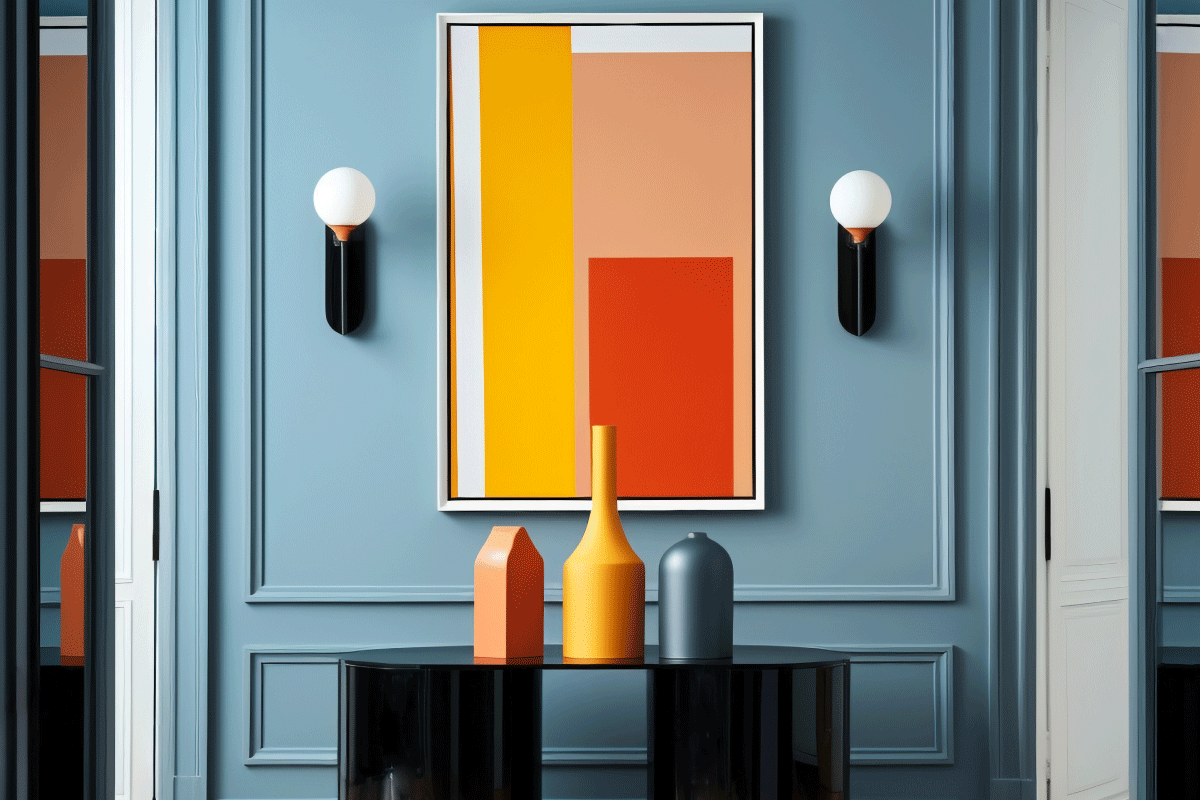The imprint of art and culture in your home
The beauty of art is in the eye of the beholder, and if you are the beholder, then the feeling you experienced when you saw the picture is much more important than whether it follows the rules of decoration
What is the world without art?
The first association with art is galleries, museums, and other places where we can see photographs, sculptures, paintings, and other visual forms from both famous and lesser-known artists. Few of us truly stop and think about the impact that art has on our lives. How and to what extent do we rely on art when making daily life decisions? This article is dedicated to the culture and art that are reflected in our lives but also in our homes.
We are almost certain that you already have some form of art in your home. Although it might not come in the shape of traditional visual forms, art is all around us. Perhaps it’s in the form of a rug that you received from your aunt, coffee cups, hand-crocheted curtains made by your grandmother, or maybe even by your mother’s skilled hands. Or maybe it's a mass-produced poster, a small collection of photographs on the wall, a large abstract painting in the center of the room, or perhaps an Art Deco sculpture on your desk? Every piece of art has incredible transformative power, and by selecting coordinated pieces of art, you will create a space that reflects your personality, highlights your style, leaves an impression of authenticity, and impacts your psychological well-being.
Which artistic style reflects your personality?
Each style has its unique-authentic-story and form of expression, and the wide range of styles in today’s world allows everyone to find something for themselves. Think about what motivates you, which emotions you want to awaken and bring to life in your space, and which art style best reflects your aesthetic preferences. Your home should reflect your interests and personality.
Classical Art
Brings a dose of elegance and timeless beauty into the space. Masterpieces from the past, with their distinctive styles like the Renaissance and Baroque, can bring sophistication and historical depth to your home.
Contemporary Art
Focuses on breaking traditional forms and expressions, offering the possibility of “juggling” different materials, elements, and concepts. Choosing contemporary artworks like installations or conceptual works brings an innovative and urban look to your space, attracting interest from guests and becoming an interesting topic of conversation.
Abstract Art
Provides unlimited possibilities for interpretation, with shapes, colors, and textures that express emotions and ideas in unconventional ways. If you lean towards a more experimental and free approach, abstract art is a great choice for your space.
Minimalist Art
Represents an aesthetic expression of simplicity, purity, and reduction. This artistic style emphasizes minimal shapes, geometric lines, neutral colors, and the absence of unnecessary details. It’s a great choice for those who appreciate subtlety and elegance in interior design as it creates a calm and balanced space.
Art Deco
Brings glamour, luxury, and geometric shapes to the interior. Rich details, elegant lines, and the use of luxurious materials such as brass, glass, and leather, Art Deco pieces are the right choice for those who enjoy opulence and vintage charm. To bring the spirit of past times into a contemporary space, you can choose Art Deco artworks, lamps, or decorative objects.
Street Art
A unique form of art that developed on city walls and streets. It’s here to unleash creativity and energy in your space. Choosing street art promises a fresh and unconventional touch to your interior design.
Photographs - How to Choose Them?
Symbolically speaking, "bare" walls without artistic photographs are like the sky without stars. So, it's no surprise that we feel the need to be surrounded by art on our walls and view it as an essential part of interior design. The best example of how a space feels empty without pictures is when we move paintings from one room to another after some time. Only then do we realize how important pictures are in the interior and how a room feels empty without them—like a body without a soul. A picture that doesn't initially match the interior doesn’t have to be a problem. Even pictures that are in complete contrast can look great if you follow a few important rules. Such a picture should be the focal point of the wall, free from distractions caused by furniture pieces that might disrupt its harmony. You can match it with the color of curtains or a rug, or you can play with interesting wallpaper behind the picture to balance and visually highlight it. The beauty of art is in the eye of the beholder, and if you are the beholder, the feeling you experienced when you saw the picture is much more important than whether it follows the rules of decoration.
The significance of painting and visual works is discussed in both artistic and psychological circles, which is no surprise given the enormous impact art has on the human psyche. Numerous visual forms have inspired writers, musicians, and directors for centuries to shine in their respective artistic fields and create works inspired by particular pieces of art. Some works can trigger a flood of emotions and self-reflection. They can evoke a sense of warmth, comfort, belonging, and security. The process of decorating the interior and walls by selecting interesting pictures, photographs, and sculptures can truly be a fun activity and bring joy into your home. It’s time for you to unleash your creative side and leave a lasting imprint of art and culture in your home.
Ena-Lemana S.

